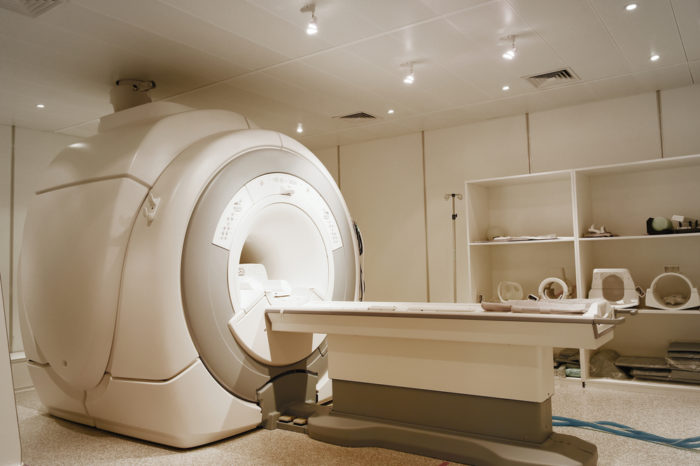A recent functional MRI (fMRI) study has demonstrated how the human brain could predict what our eyes will see next.
This latest development in the field of neuroscience seems like something purely out of science fiction but, believe it or not, our brain indeed has the ‘superpower-like’ capability to determine what our eyes will potentially see next. Using functional MRI, researchers were actually able to demonstrate how our brain makes these vision predictions.
In a paper published in the Nature journal Scientific Reports, neuroscientists from the University of Glasgow have claimed to have gained a better understanding of visual mechanisms and how the constant two-way dialogue between our brain and eyes affect our vision.
@UofGlasgow researchers confirmed brain's vision prediction through #fMRIClick To TweetThe researchers, led by Professor Lars Muckli, used functional magnetic resonance imaging and a visual illusion which involved two stationary flashing squares. For their research, the team utilized fMRI to study the brain activity of 27 volunteers with normal or corrected-to-normal vision.
Results of the Functional MRI Study on Brain’s Predictive Vision Capability
The UG researchers focused the fMRI on the volunteers’ visual cortex, the area of the brain involved in processing our vision, while they were looking at the optical illusion.

To the viewer, the two stationary flashing squares create the visual illusion of one square moving between the two locations due to the way the brain predicts motion. The volunteers were then asked by the researchers to move their eyes during the flashing while the fMRI scans their brain’s visual cortexes at the same time.
Results of the experiment revealed that during the flashes, the brain’s visual cortex feedback updates to a new predicted coordinate. The functional MRI also showed that the brain rapidly adjusts its predictions every time the eyes move.
It is said that we move our eyes around four times per second, which means that the brain must process new visual information every 250 milliseconds. Despite this constant variation in images and perspective, our world remains stable. This is due to the brain’s quick prediction adjustment which determines what we are about to see next.
“This study is important because it demonstrates how fMRI can contribute to this area of neuroscience research. Further to that, finding a feasible mechanism for brain function will contribute to brain-inspired computing and artificial intelligence, as well as aid our investigation into mental disorders,” Professor Muckli, said.
The researchers also said that the study reveals the potential contribution of functional MRI in the area of neuroscience research, following the authors’ discovery of the difference in processing of only 32ms, which was said to be faster than what was thought to be possible with fMRI.
Furthermore, Muckli believes that a greater understanding of the brain’s predictive mechanism could lead to better forms of brain-inspired artificial intelligence in the future.
“AI research is currently developing new algorithms that incorporate feedback mechanisms learned about in neuroscience research,” he explained. “These developments might provide breakthroughs towards AI becoming even more flexible.”



















Yes, it’s a good idea to develop an artificial intelligence with visual predictive capabilities? Those could go a long way in helping people with autism etc as well.. The autism people may have difficulties with that natural task.